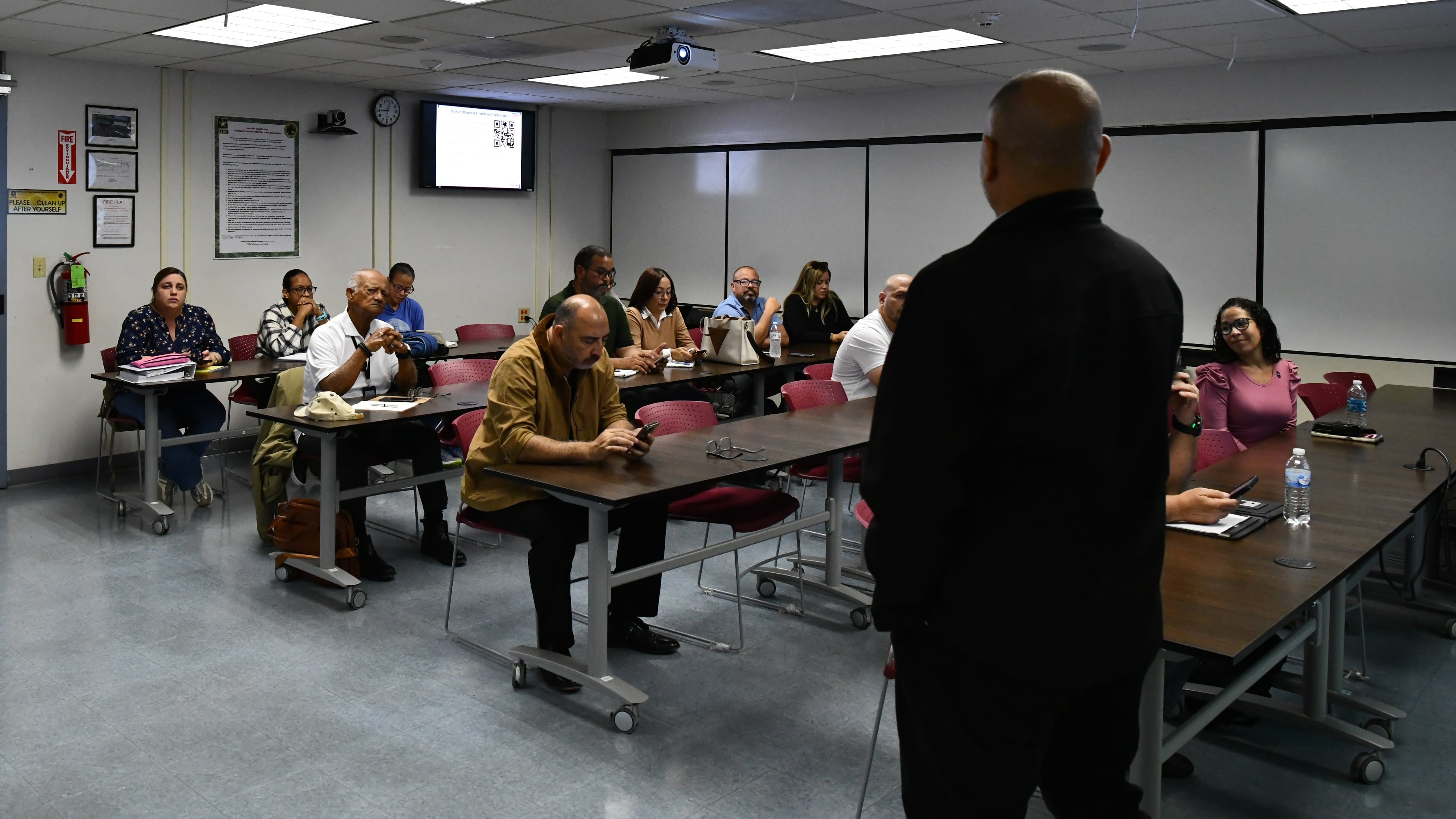Built in 1961 at the height of the Cold War, the B-52H Stratofortress nicknamed “Damage Inc. II” served venerably in multiple commands until retired to an Arizona boneyard in 2008. Now, following one more journey, this time across 1,407 miles of blacktop, the aircraft is back in service for one last mission.
Damage Inc.’s flying days will remain over, according to the Air Force, but it still has a vital role to play. The aircraft will serve as a mock-up at a Boeing facility near Tinker Air Force Base, Oklahoma, as the Air Force modernizes its B-52 fleet to meet the needs of today’s battlefield.
“This effort will provide great benefits to the B-52 fleet,” said Brig. Gen. John Newberry, program executive officer for bombers and director of the Air Force Life Cycle Management Center’s bombers directorate, in a May press release.
On Jan. 24, Tinker officials announced that the aircraft had finally arrived in Oklahoma City following a 19-day 1,407-mile journey from The Boneyard in Arizona. According to Boneyard Safari, an organization dedicated to the preservation of historic aircraft, that trek stands as the longest overland move of a B-52 in history.
This movement, according to the Air Force, was laborious and complex. Along the way, the aircraft required two lanes of traffic, requiring the convoy escorting Damage Inc. II to pull off the road every few miles to let traffic building up behind it pass. Additionally, the length and weight of the aircraft required extensive planning for obstacles such as overpasses and bridges. And towing the massive strategic bomber through intersections required precision as the margin for error when turning was mere inches.
Damage Inc. II’s path to Oklahoma and new life in the Air Force began last May when it was towed out of storage and sent to the Pima Air and Space Museum. There the aircraft had its wings, fuselage and horizontal stabilizer removed. The right wing and stabilizer were sent to McFarland Research and Development in Wichita, Kansas, to study how long the aging B-52 fleet can remain in service and what structural limitations the airframe has.
Eventually, Damage Inc. II’s left wing will be reattached to its fuselage, creating a non-flyable mock-up. It will then be used, albeit on the ground, to test how well new technologies and modifications will integrate with B-52 aircraft.
“As new technologies develop, we can use this mock-up to help speed integration and get capability to the field faster,” Col. Louis Ruscetta, the B-52 senior materiel leader with the Air Force Life Cycle Management Center’s bomber directorate, said in a press release.
Among the B-52 modernization priorities are replacing the aging Pratt & Whitney TF33 engines with modern commercial engines. Recently the Air Force selected the Rolls-Royce F-130 engine as a replacement to the TF33 through the Commercial Engine Replacement Program.
The Air Force will also upgrade the 1960s era core radar to a newer Active Electronically Scanned Array, similar to those found in modern fighters, along with a Tactical Data Link capability.
According to the Air Force, having a mock-up such as Damage Inc. II on hand to test both these systems and future advancements in both weapons and technology is invaluable, as the service seeks to keep the venerable B-52 fleet flying into the 2050s.
“There are so many things this [integration model] can be used for,” said Ruscetta. “As new weapons are developed and come on hand, we can use it [the integration model] to see how the weapons attach, what needs to change and if they fit on the aircraft. This is an asset that will help us integrate different items onto the aircraft quicker. An additional benefit is the cost to maintain a mock-up is fairly low.”
James R. Webb is a rapid response reporter for Military Times. He served as a US Marine infantryman in Iraq. Additionally, he has worked as a Legislative Assistant in the US Senate and as an embedded photographer in Afghanistan.





